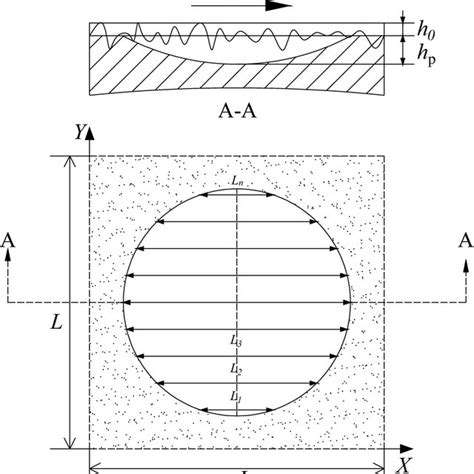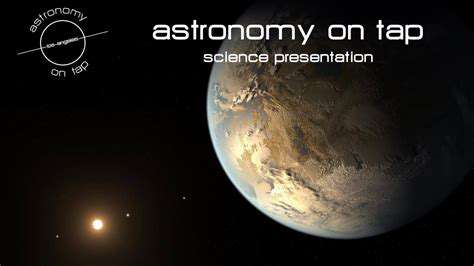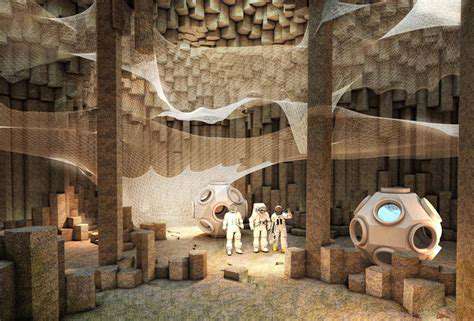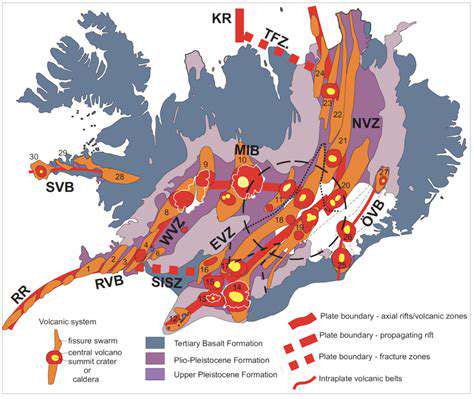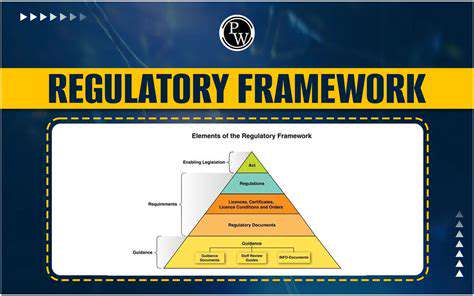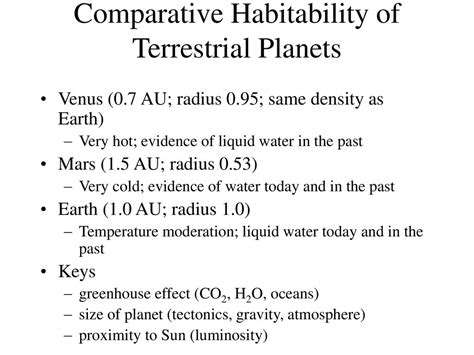
Evidence of Past Water
The presence of water is crucial for the development of life as we know it. Evidence of past water bodies on Mars, such as dried-up riverbeds and mineral deposits, strongly suggests that the planet may have once been habitable. These features, identified through various space missions and rover explorations, point towards a potentially more temperate and watery past environment, a critical factor in the emergence and sustenance of life.
Geological Formations
The Martian landscape displays a variety of geological formations that hint at past water activity. These include layered sedimentary rocks, which often form in the presence of flowing water, and impact craters that sometimes show signs of erosion by water. Analysis of these formations provides valuable insights into the environmental conditions that prevailed on Mars in the past, helping scientists piece together a picture of its history.
Organic Molecules
The detection of organic molecules on Mars, though not conclusive proof of past life, is a significant finding. These complex carbon-based molecules are considered building blocks of life, and their presence raises the possibility that the conditions necessary for life's emergence existed on Mars at some point. Further research is needed to determine the origin and context of these molecules to understand their significance fully.
Atmospheric Composition
The composition of Mars's ancient atmosphere is a key factor in understanding its past habitability. Evidence suggests that the Martian atmosphere may have once been denser and contained more gases, potentially creating a warmer and more favorable climate for liquid water to exist on the surface. Understanding the atmospheric evolution of Mars is vital for evaluating the potential for past habitability.
Impact Craters and Erosion
The presence of impact craters, along with the evidence of erosion, provides clues about the historical interactions between the Martian surface and water. Erosion patterns observed in certain regions, combined with crater analysis, suggest the existence of running water at some point in the planet's past. The combination of these factors helps scientists to estimate the duration and intensity of past water activity on the red planet.
Climate Change
Evidence suggests that significant climate changes may have occurred on Mars. These shifts could have drastically altered the planet's surface conditions, potentially leading to the drying up of water sources and the transition to the cold, arid environment we see today. Understanding the factors that led to these changes is essential for comprehending the evolution of Mars's habitability over time. This knowledge is also crucial for understanding how planetary climates might change over vast periods in other parts of the universe.
Exploring the Martian Geology: A Dynamic History
Early Martian Crust Formation
Early Martian geological history, spanning billions of years, reveals a dynamic process of crust formation. Volcanic activity played a crucial role in shaping the early Martian surface, depositing vast quantities of lava that solidified into basaltic rocks. Evidence suggests a period of intense volcanic outpouring, potentially creating extensive flood basalts similar to those seen on Earth. Understanding the timing and extent of this early volcanic activity is essential to comprehending the evolution of the Martian interior and its interaction with the early atmosphere.
The composition of these early volcanic rocks, including their mineral content and isotopic ratios, provides insights into the chemical processes occurring within the Martian mantle. Analyzing these characteristics can help scientists unravel the mysteries of Mars's internal structure and its differentiation, a process by which different materials separate and accumulate during planetary formation.
Impact Craters and Their Significance
The Martian surface is heavily cratered, a testament to billions of years of bombardment from asteroids and comets. These impact craters offer a unique window into the history of the solar system, preserving records of ancient impacts and offering clues about the frequency and intensity of these events over time. Analyzing the size, shape, and distribution of craters can help scientists reconstruct the timeline of impacts and estimate the age of different geological regions.
Studying the ejecta surrounding impact craters provides valuable information about the target rocks' composition and the processes involved in crater formation. The presence of specific minerals or rock types within the ejecta can reveal clues about the subsurface composition and the evolution of the Martian crust over time. Moreover, the study of impact craters provides insights into the evolution of Mars's atmosphere and surface conditions, as impact events can have significant effects on the environment.
Evidence of Ancient Water
The presence of ancient water on Mars is a major focus of scientific research, with compelling evidence suggesting a warmer, wetter past. Channels and valleys carved into the Martian surface, particularly in the ancient highlands, strongly indicate the existence of flowing water billions of years ago. These features suggest a more hospitable environment capable of supporting liquid water on the surface, potentially even harboring microbial life.
Volcanic Features and Their Evolution
Volcanic features, including massive shield volcanoes and lava flows, are prominent features on Mars. Understanding their formation and evolution provides insights into the internal processes that shaped the Martian surface. The size and distribution of volcanic structures reveal the magnitude and duration of past volcanic activity. Analyzing the composition and layering of volcanic deposits can provide information about the chemical and physical conditions within the Martian mantle during different periods of volcanic activity.
Examining the relationship between volcanic activity and other geological features, such as impact craters or riverbeds, can reveal the sequence of events that occurred on Mars over time and the interplay between different geological processes. Understanding the interplay between volcanism and water activity is crucial to reconstructing the overall evolution of the Martian environment.

The Search for Life Beyond Earth: Lessons from Mars
Early Martian Missions and Their Discoveries
The quest to understand if life ever existed on Mars has been a driving force behind numerous robotic missions over the decades. Early probes, like the Mariner and Viking missions, sent back crucial data about the Martian environment, revealing a planet vastly different from Earth, yet still possessing intriguing geological features. These early explorations provided crucial baseline information about the planet's surface composition, atmospheric conditions, and potential for liquid water, laying the foundation for more sophisticated future missions.
These initial findings, while not definitively proving or disproving the possibility of past life, offered valuable insights into the potential habitability of Mars. The existence of ancient riverbeds and dried-up lakebeds suggested that liquid water may have once flowed on the Martian surface, a fundamental requirement for life as we know it. This discovery spurred further research and fueled the ongoing search for evidence of past or present microbial life.
The Search for Biosignatures and Potential Habitability
Modern missions, like the Curiosity rover and the Perseverance rover, are equipped with advanced instruments designed to search for biosignatures – chemical or physical indicators of past or present life. These rovers analyze Martian rocks and soil, looking for organic molecules, isotopic ratios, and other clues that could suggest the presence of microbial life. The meticulous analysis of these samples is crucial to understanding the planet's past environments and their potential for supporting life.
Furthermore, the exploration of Martian subsurface environments is increasingly important. The presence of subsurface water ice, detected by various missions, suggests a potential habitat for microbial life that could be shielded from harsh surface conditions. Understanding the characteristics of these subsurface environments is critical to evaluating the possibility of life beyond the surface of Mars.
The ongoing quest to understand the habitability of Mars is a crucial step in the wider exploration of the cosmos. By studying Mars, we gain invaluable knowledge about planetary evolution, the conditions necessary for life, and the potential for life to exist beyond Earth. This knowledge will be critical as we continue to explore the universe and search for signs of life elsewhere.
Further exploration of Mars's geological history, including detailed analysis of its climate evolution, will help to refine our understanding of the conditions that could have supported life. The search for evidence of past or present life is a complex and multifaceted endeavor, requiring sophisticated technologies and extensive data analysis.
The continued exploration of Mars will undoubtedly yield more insights into the potential for life beyond Earth, furthering our understanding of the universe and our place within it.




